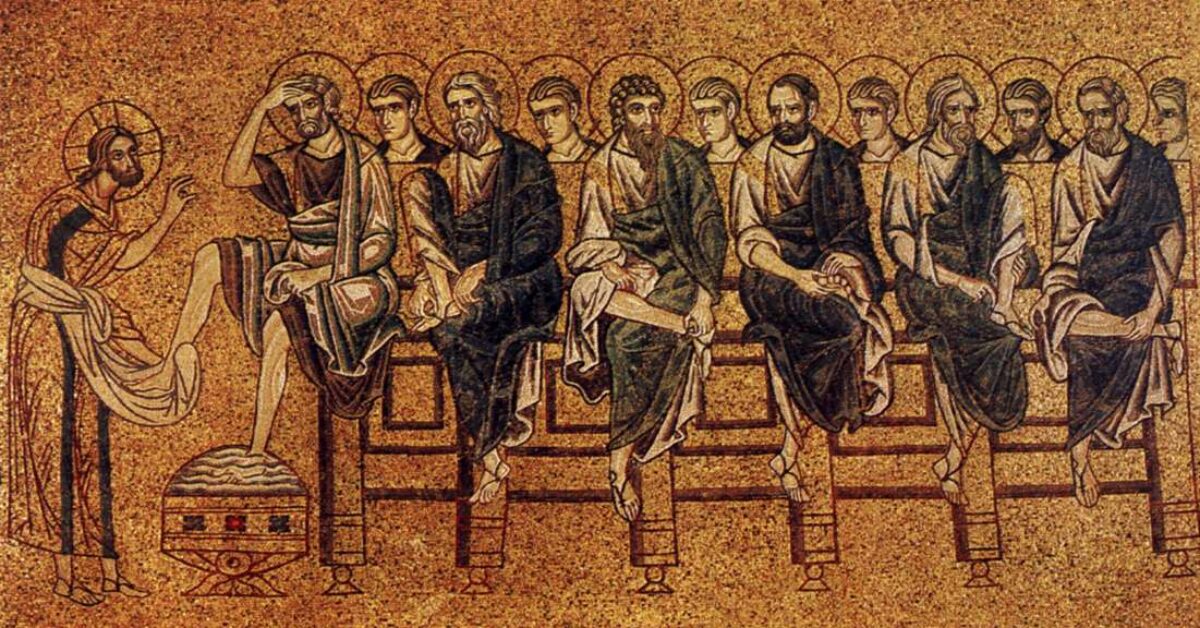Mystagogy: How Shall We Live?
Formation & Vocation
Historically, the post-baptismal period of mystagogy was a time to instruct the newly baptized in the “mysteries,” that is, the sacraments of baptism and Eucharist, which the elect/candidates had experienced for the first time at the Easter Vigil. Today’s context, where the full Divine Service is open for all to attend and baptisms occur throughout the year, calls for a broadening of mystagogical catechesis. By this time those involved in the catechetical process should be well formed by the Lutheran emphasis on justification by grace through faith in Christ. But as one of the people interviewed from St. John Lutheran Church, Wheaton, described their catechetical model, justification is at the heart “with sanctification there, too.” He continued, saying that they learned that justification is “the start but not the finish line. It’s the starting line” for the Christian life.
Stanzas three and five of this beautiful Maundy Thursday hymn by Brian Wren capture the move from justification to sanctification:
Great God, in Christ you call our name
and then receive us as your own,
not through some merit, right, or claim,
but by your gracious love alone.
We strain to glimpse your mercy seat
and find you kneeling at our feet.
Great God, in Christ you set us free
your life to live, your joy to share.
Give us your Spirit’s liberty
to turn from guilt and dull despair
and offer all that faith can do,
while love is making all things new.
What better time is there to practice living in the freedom of the Gospel—to “offer all that faith can do, while love is making all things new”—than during the Great Fifty Days of Easter? In the sixteenth century, Luther revolutionized the meaning of vocation so that the laity, by virtue of their baptism, could view their everyday life as parent, child, spouse, student, worker, employer, etc., as callings from God to serve their neighbor. Mystagogical catechesis during these weeks can draw on Luther’s rich teachings on vocation:
- by engaging the group in discussions of the implications of being set free to serve in their daily lives with family, friends, and co-workers;
- by organizing a service-learning event for the group (for example, helping at a food pantry, preparing and/or serving a meal for those who are homeless). Ideally, such an event would be a regular practice of the congregation;
- by encouraging civic responsibility in one’s community and helping the members of the group to research and discover ways of serving locally.
As the catechetical team unfolds the “mysteries” of baptism, through which we die to sin and rise to new life, and of the Lord’s Supper, which strengthens our “faith in [the Triune God] and fervent love toward one another,” it is only natural to include practical ways of living in true freedom, the freedom to serve others in the world and, by so doing, to witness to the power of faith in Christ.
+++++++++++
Image: Jesus Washing the Feet of His Disciples
St Mark’s Basilica, Venice, Public domain, via Wikimedia Commons
